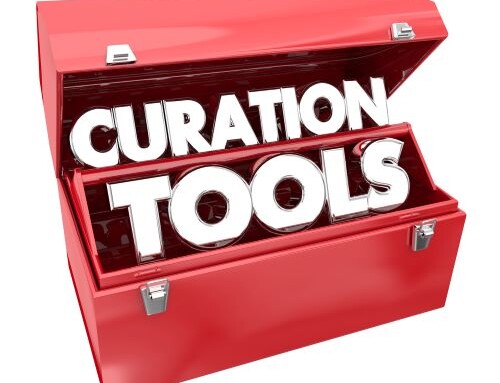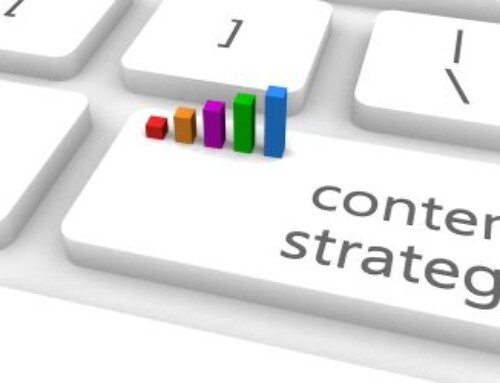After months in which virtual meetings took center stage, the need for in-person meetings is finally regaining its rightful place as number one. This fact is a welcome development, as neither virtual nor hybrid meetings are as essential to the engagement and networking opportunities at in-person events.
Companies that wish to get back in the game have pressing questions for which they need answers to execute onsite meetings successfully.
MYTH #1: Agility is not necessary for the design of events and the scheduling of sessions to improve the safety of in-person meetings.
FACT: The design of in-person events is currently evolving and changing rapidly. Much of meeting and event design right now is based upon local regulations and the Center for Disease Control’s COVID-19 data tracker. A state profile report is available in the ‘Your Community’ section. That said, the pandemic is a rapidly changing situation. Remaining agile and adaptive is critical for successfully planning safe in-person meetings.
Putting contingency plans in place has always been an essential part of event planning. This will be even more true post-COVID. The evolving nature of in-person meeting planning is one of the many reasons why working with an experienced meeting planning agency is a powerful value-add. These companies have influential partners and industry connections. They can tap those resources as is necessary, which means a team of experienced professionals is always within reach when changes occur.
MYTH #2: The ventilation and filtration systems don’t really matter when selecting a meeting or event venue.
FACT: While there is not a universal standard that dictates the right kind of ventilation or filtration system to use, there are factors that should be considered when planning in-person meetings such as the following:
- Meeting spaces
One of the most critical details to review is the size and dimensions of the meeting space. It is important to balance the ratio between the room size and the amount of people based upon current guidelines in the destination. Filling meeting rooms to maximum capacity is an unlikely option within existing guidelines and may be avoided in the future as a safety precaution. Skilled planning and coordination are required to successfully achieve meeting goals while providing a safe and comfortable learning , networking environment. - Common areas
The volume of human foot traffic and flow in common areas is also a key consideration. Heavy traffic may require more robust ventilation, while lighter traffic may require less. Common areas include restrooms, lobbies, foyers, hallways and dining spaces. Flow in and out of these areas requires careful planning to maximize space utilization, comfort, and safety. - Attendees, Speakers and Staff
The effectiveness of a ventilation system is also impacted by the total number of participants at the event. Meeting planners should calculate the number of participants per square foot of event space and use this number when reviewing ventilation systems. Additionally, meeting planners should consider the type of activities in which attendees will engage and the intensity of those activities. Examples of activities include sitting, mingling with each other, or exercising. The presence or lack of masks is also another detail to take into consideration. - Balance of Humidity in the Air
Achieving the correct ratio of dry-to-moist air is critical when it comes to ventilating spaces. Warm, hot air, for example, can be difficult to breathe even without masks. Cool, damp air can also make breathing challenging. It is critical that there is a balance in the conditions of temperature and humidity. There is a difference between damp air and moist air. The dry-to-moist-air ratio and damp air versus moist air impact air quality in meeting spaces. Therefore, event planners should carefully consider this detail. - Fresh Air Versus Filtered Air
It can take air purifying systems some time to fully circulate filtered air in place of fresh air. This is the reason why learning the air exchange rate of a filtration system is imperative. Running the system for several hours before the meeting begins is a priority. In other cases, there may be a combination of filtered air, fresh air, with air recirculation occurring frequently. - Different Types of Filters
Meeting planners should not assume that a ventilation system will be effective. Filters are another important consideration. Certain types of filters purify the air of specific elements – for example, carbon filters tackle odors, whereas polyester and pleated filters have superior dust filtering capabilities. The MERV (minimum efficiency reporting value) system standardizes efficiencies concerning air filtration and measures a filter’s ability to remove particles from the air. HEPA units filter the air passing through them. The US Department of Energy (DOE) uses HEPA filters to meet the DOE Standard STD-3020-2015 to filter 99.97 percent of all particles 0.3 microns or larger. This makes the HEPA filter an optimal filter for meeting room environments.
MYTH #3: There’s no effective method to minimize anxiety around in-person meetings and prevent resistance to safety protocols.
FACT: Change is always part of culture. Some people adapt easily, and others will be more hesitant. There are several keys to minimizing the impact of anxiety as well as navigating the resistance to it.
- Understand what drives anxiety as well as resistance.
For some people, anxiety can be guided by underlying concerns, fear of the unknown, or simply feeling left out. Ironically, the same feelings that lead to anxiety are often those that lead to resistance to change. - Include key stakeholders early in the process.
While it may be normal for meeting planners, leaders and others to participate in event planning, transparency and communication will be critical to post-covid event plans. Include stakeholders who have concerns as well as those who may not be as aware of safety protocols. This may minimize anxiety, reduce resistance, and be a time to educate those who aren’t aware of smaller details (such as local codes).
Set clear expectations.
As part of the planning process, everyone involved should be clear about the expectations concerning safety. This may seem like common sense; however, it is important that stakeholders all have a mutual understanding of the expectations and how they will be communicated. It’s also essential that expectations include how enforcement of expectations will be handled and how it will be owned and managed both before and during the meeting or event.
Communicate safety protocols using multiple methods.
While a code of conduct is a popular option, this may not answer all the questions that participants and leaders, speakers, etc., may have about the event. Choose to utilize various options such as a question/answer session before the meeting or event, your website, email, event signage, event apps, etc.
MYTH #4: Attendees must sign a COVID-19 liability waiver to protect the organization and organizations must enforce it.
FACT: The legal power of a liability waiver is an ongoing debate within the meeting and events industry. There are a variety of opinions about the legality of such a waiver and the ability to enforce it. For this reason, a COVID-19 liability waiver is something that every organization should consider internally and within the context of seeking qualified legal counsel.
Almost all within the meetings industry, however, agree that a code of conduct is a valuable tool for all organizations. First and foremost, a code of conduct should be simple. In addition, it should incorporate the following; however, the advice of an attorney can help round out this list:
- Meeting hosts and planners must do their due diligence to keep all participants safe.
- The event must adhere to COVID-19 best practices, specifically those established in the local city, county, state and country.
- Appoint people to enforce local laws during the meeting. Non-compliance must be addressed with the offenders.
- A keen understanding of the laws is crucial, as they may contain loopholes. For example, a hotel adjacent to a venue may require people to wear masks in the lobby, while masks are not mandated in the adjoining meeting room or auditorium.
- Make it clear, in a polite but firm way, that anyone who cannot abide by the code of conduct or is not comfortable doing so should stay home.
- Ask people who are not feeling well, for any reason, not to attend the event.
Navigating the re-emergence of in-person meetings requires a bit of extra diplomacy, tact, education and careful planning. However, the many benefits of hosting an event onsite make the effort worthwhile.
Uncertain times call for creative thinking. Contact Gavel International to be inspired with solutions that connect and engage your people.
This article was last updated on November 28, 2022
- 5 Ways to Build a Productive and Participatory Meeting Culture - March 31, 2025
- Build a Culture of Curiosity and Solutions-Driven Change - March 17, 2025
- Gavel International Celebrates GMID 2025 - March 14, 2025






